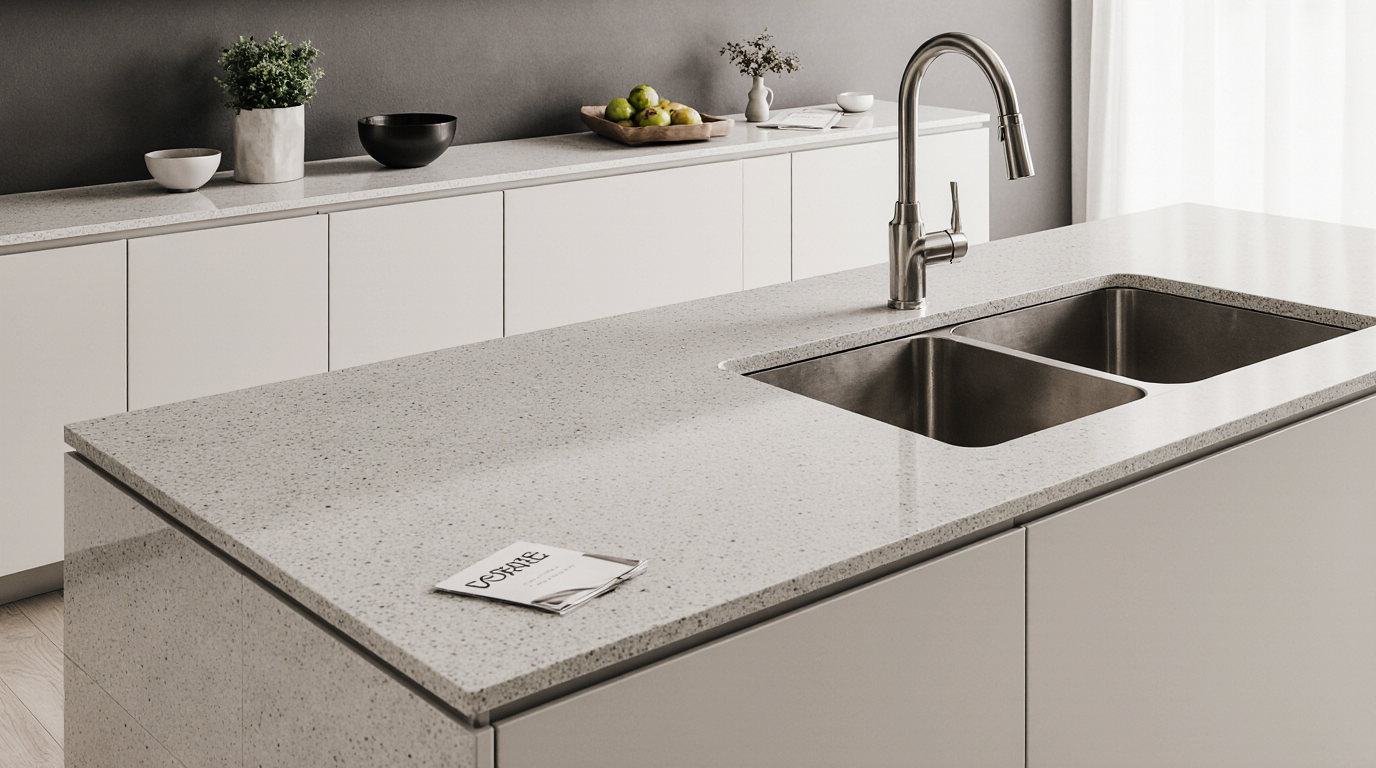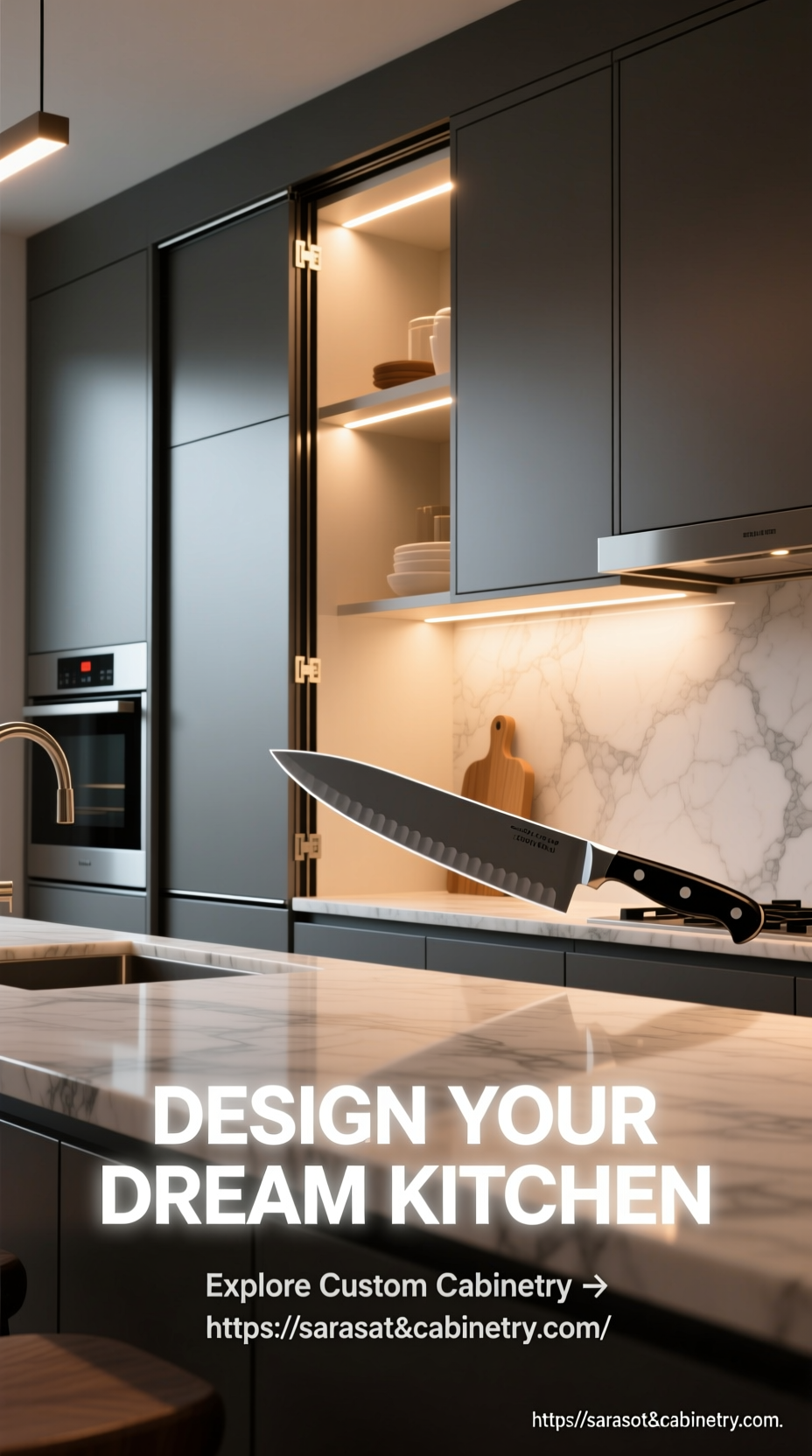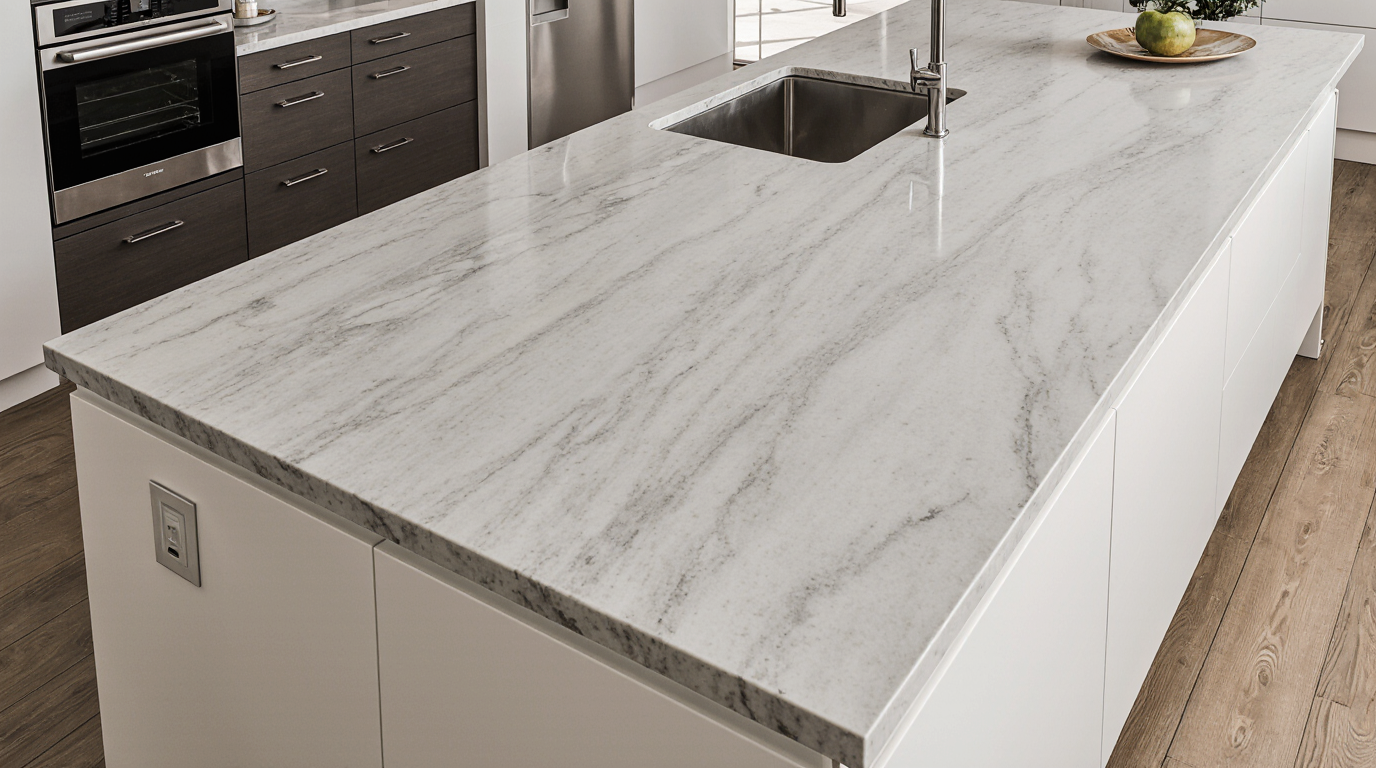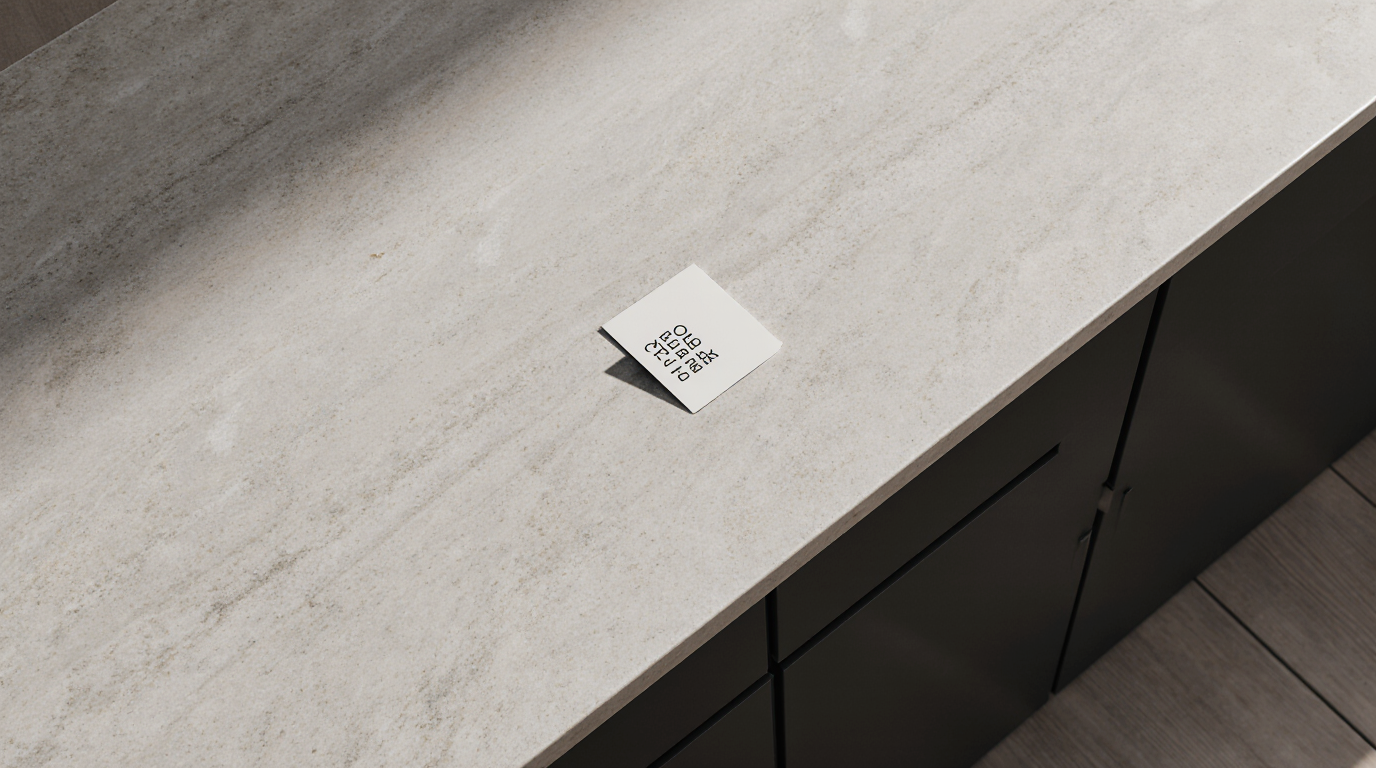Solid Surface Countertops Price

Solid Surface Countertops Costs: Insights into Durability, Design, and Investment
Homeowners evaluating solid surface countertops must grasp pricing dynamics to achieve a perfect combination of durability, visual appeal, and long-term value. Composed of acrylic, polyester, and natural minerals, solid surfaces provide a seamless, visually sophisticated, and low-maintenance solution. Factors influencing pricing include slab thickness, edge detailing, brand quality, and labor intricacy. Premium brands often offer enhanced scratch resistance, stain resistance, and color uniformity, which contribute to a higher price but also ensure long-term value for your investment.
Material quality plays a significant role in determining solid surface countertop price. High-grade acrylic or polyester formulations often provide superior durability, heat resistance, and flexibility during fabrication, allowing for custom shapes, integrated sinks, and backsplash designs. Enhanced design and practicality elevate both beauty and utility, influencing the total investment. Selecting budget alternatives may reduce upfront costs but often increases future maintenance demands, impacting overall cost-effectiveness.
The design and customization options available with solid surfaces also impact the price range significantly. Seamless designs, rounded edges, and sink integration demand expert installation, influencing pricing. Personalized design enhances elegance, ease of cleaning, and hygiene standards, directly affecting price. The level of customization, including unique colors, patterns, and edge finishes, can result in a higher upfront price, but it ensures a personalized solution that elevates the overall space and aligns with modern design trends.
Labor and installation expertise significantly shape overall costs. Expert installation guarantees structural integrity, tight joints, and proper alignment with kitchen or bathroom furniture. Inadequate installation risks structural flaws, water damage, and visual inconsistencies, reducing overall lifespan. Labor charges for skilled installers impact the total expenditure and ensure performance.
Durability and maintenance expectations are central to evaluating value. Unlike natural stone, solid surfaces are non-porous, resisting stains, mold, and bacteria growth. Regular upkeep is simple, using gentle cleaning agents, and superficial damage is easily restored. High durability paired with minimal upkeep justifies the investment, offsetting premium initial costs. Pricing fluctuates depending on local demand, material accessibility, and economic factors. Material accessibility, workforce expertise, and customization demand collectively influence the total cost. Luxury kitchen markets in major cities can significantly increase costs due to high-quality material requirements and expert installation. Competitive markets may present deals or incentives that reduce costs without sacrificing quality.
Relative to granite, quartz, or laminate, solid surfaces offer distinct advantages. Granite and quartz feature hardness and natural beauty but demand sealing and are susceptible to cracking or joint visibility. Laminate offers cost savings at the expense of resilience, being vulnerable to burns, scratches, and impacts. Offering a compromise between luxury and affordability, solid surfaces provide seamless, customizable, and durable solutions. Visual design choices impact overall pricing. Premium finishes, intricate veining, or rare shades contribute to higher material and labor costs. Seamless color and pattern coordination ensures a cohesive interior aesthetic, increasing value. Uniform appearance reduces installation challenges compared to natural stone, enhancing both practicality and aesthetics.
Durable materials backed by comprehensive warranties support higher initial costs. Warranty offerings often include protection against defects, staining, and cracks, ensuring confidence in purchase. Evaluating both warranty scope and manufacturer reputation helps determine sustainable investment value. A higher initial price may be offset by the peace of mind and reduced maintenance or replacement costs over the lifespan of the countertops. Sustainable production practices add both value and ethical appeal. Eco-friendly surfaces often include sustainable materials and low-emission resins, reflecting responsible manufacturing. Slightly higher costs for green materials are offset by environmental benefits and alignment with sustainable design trends. Sustainable advantages include low maintenance, longevity, and repairability, differentiating solid surfaces from frequently replaced alternatives.
Pricing represents an intersection of quality, design flexibility, installation skill, market conditions, and functional longevity. Homeowners seeking a balance of aesthetic elegance, functional reliability, and low-maintenance durability often find solid surfaces to be a compelling investment. Analyzing material, design, and installation factors ensures a lasting, visually appealing solution suitable for residential and commercial spaces. This detailed understanding of solid surface countertop pricing empowers homeowners to make informed decisions, ensuring they invest wisely in a surface that combines beauty, functionality, and longevity without unexpected costs or compromises.




